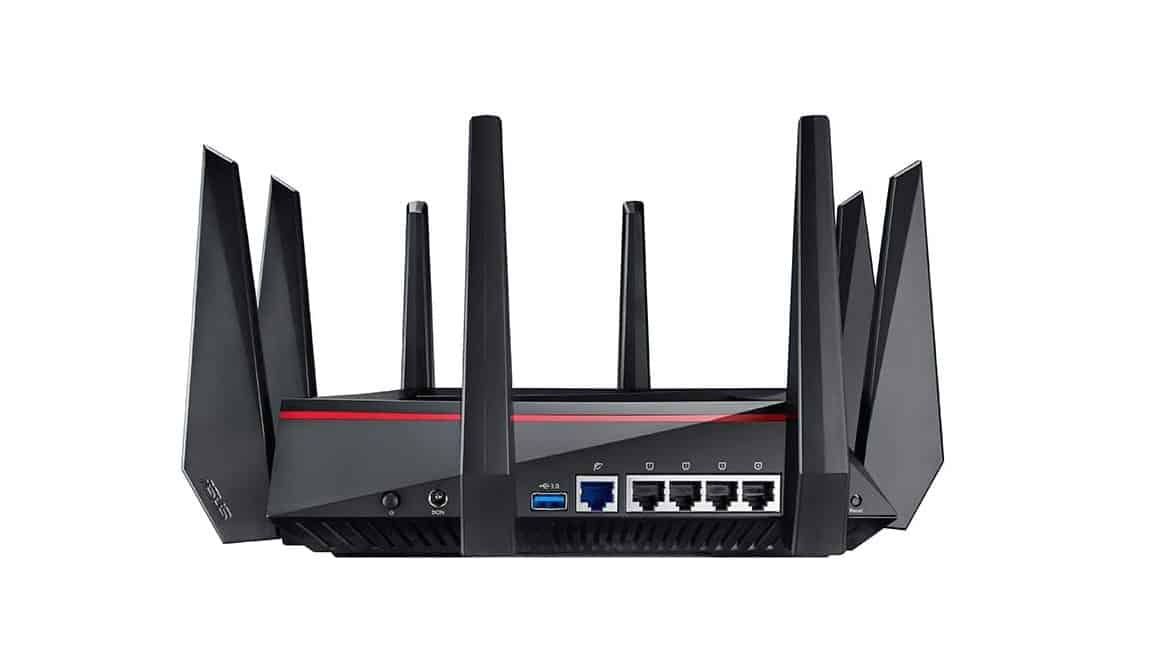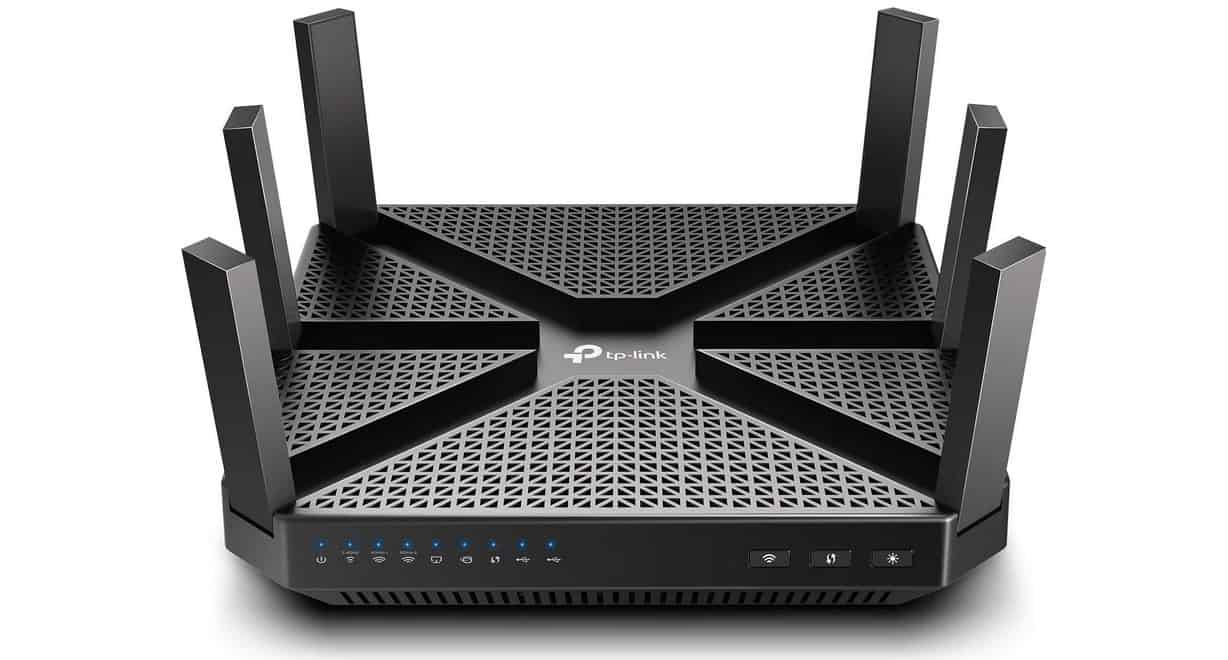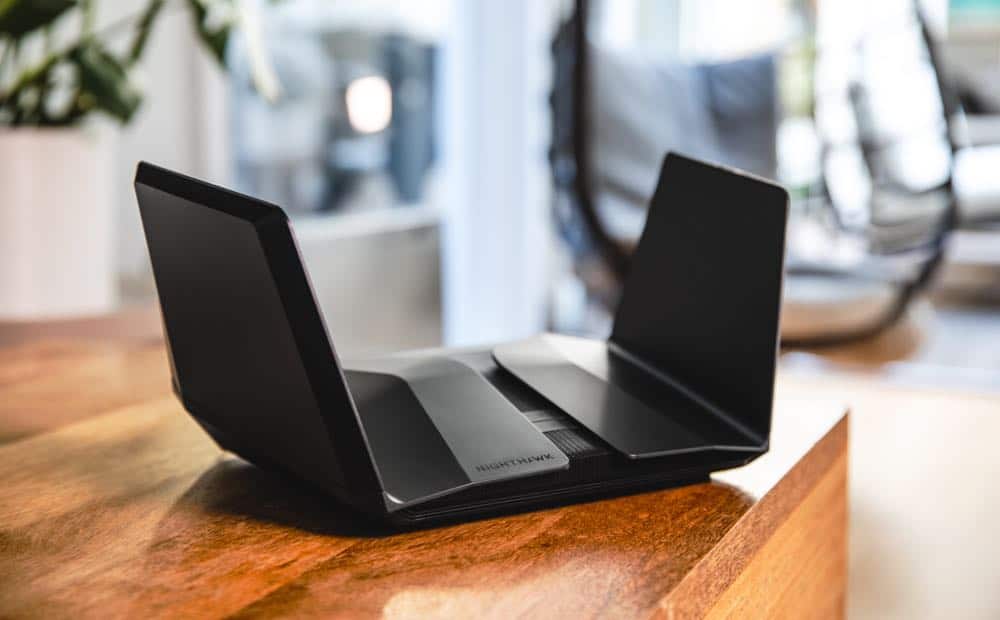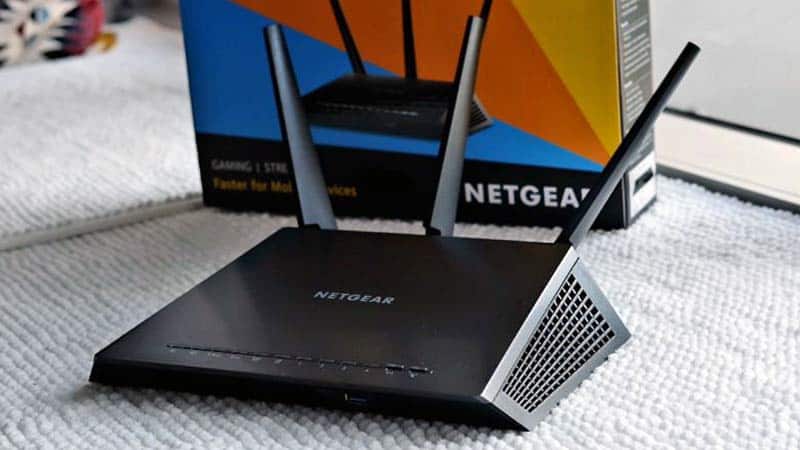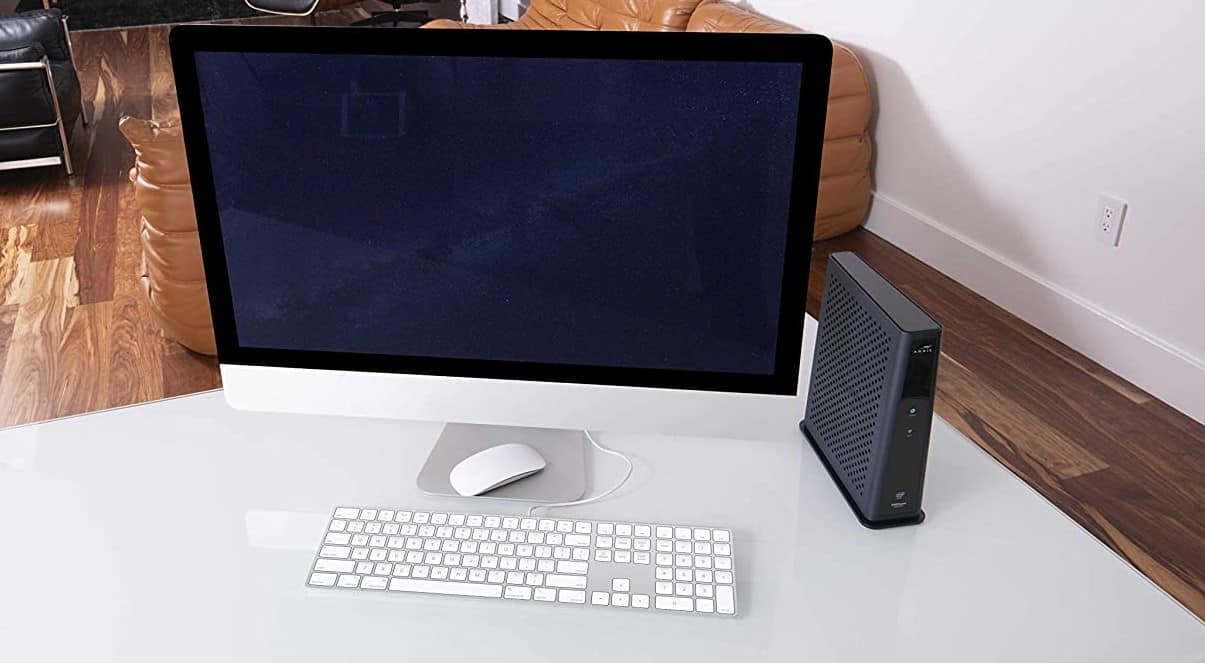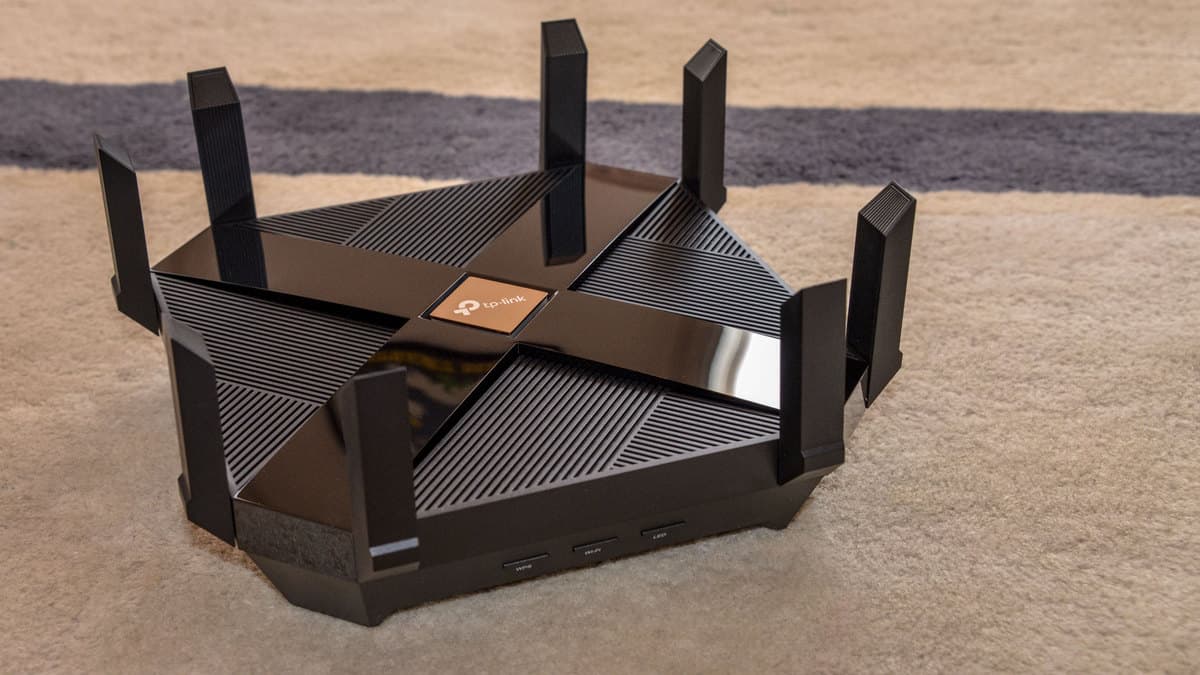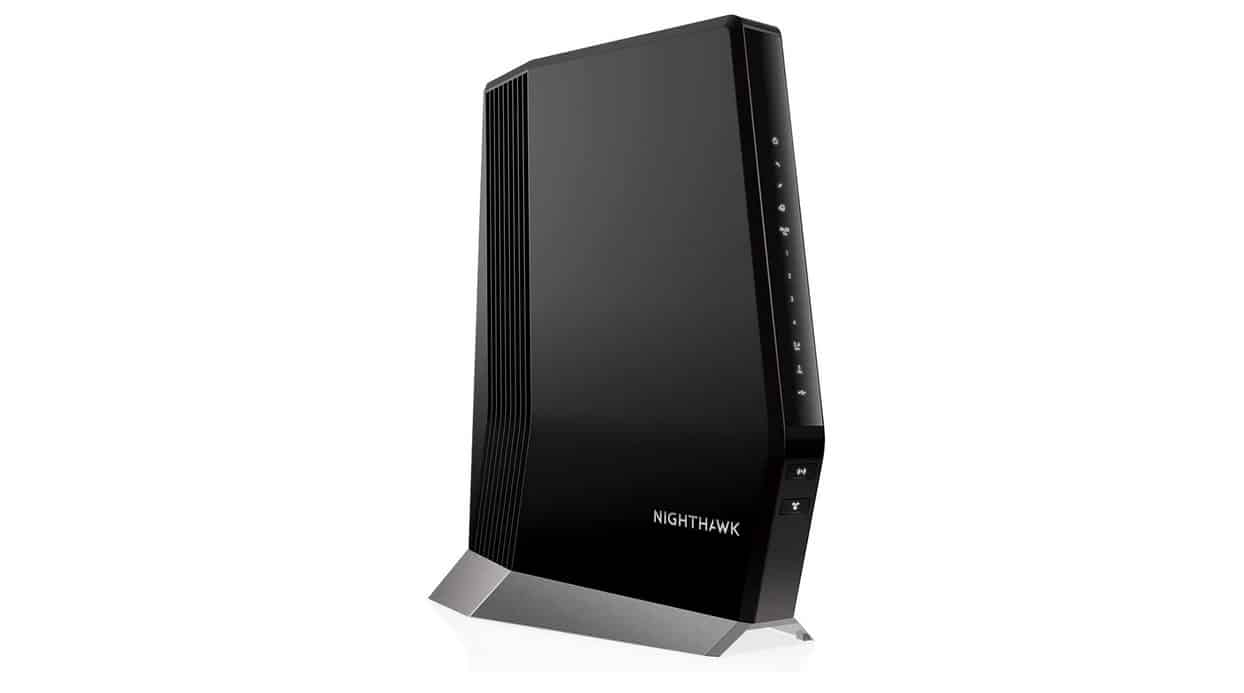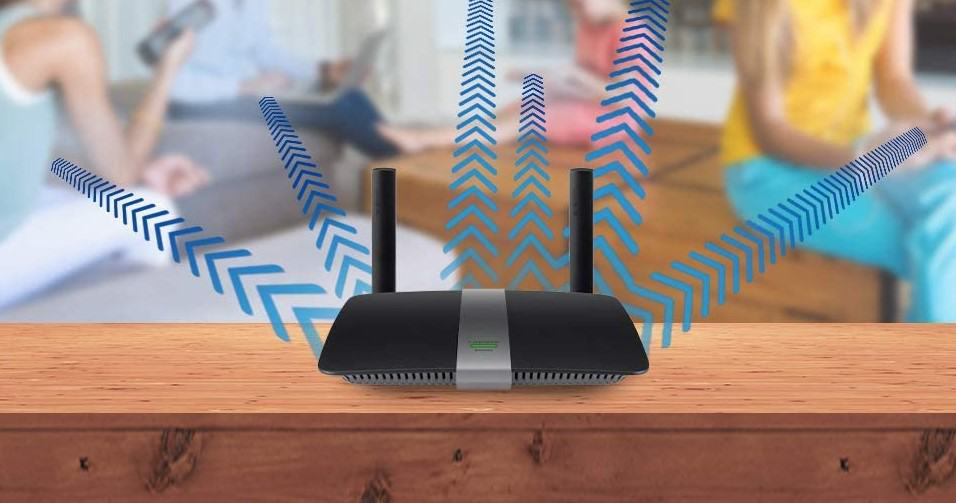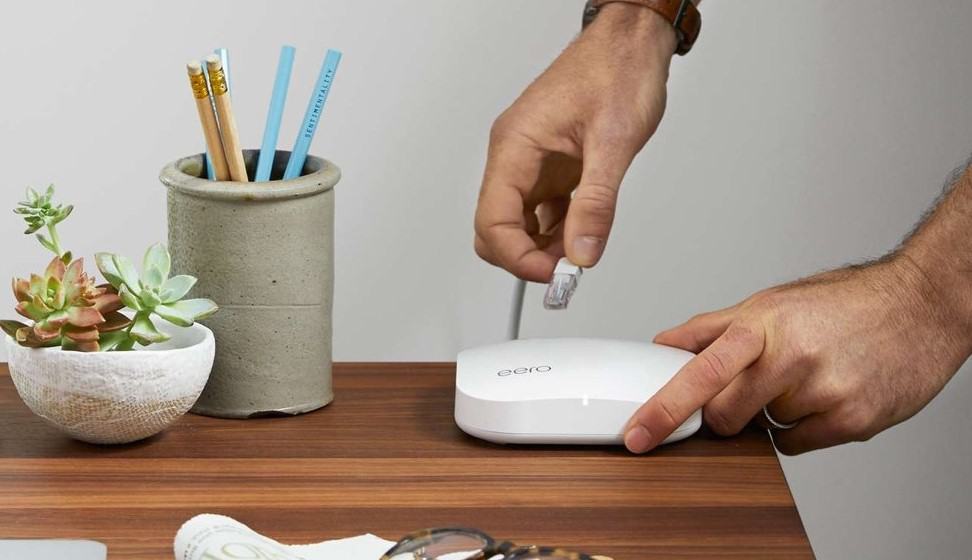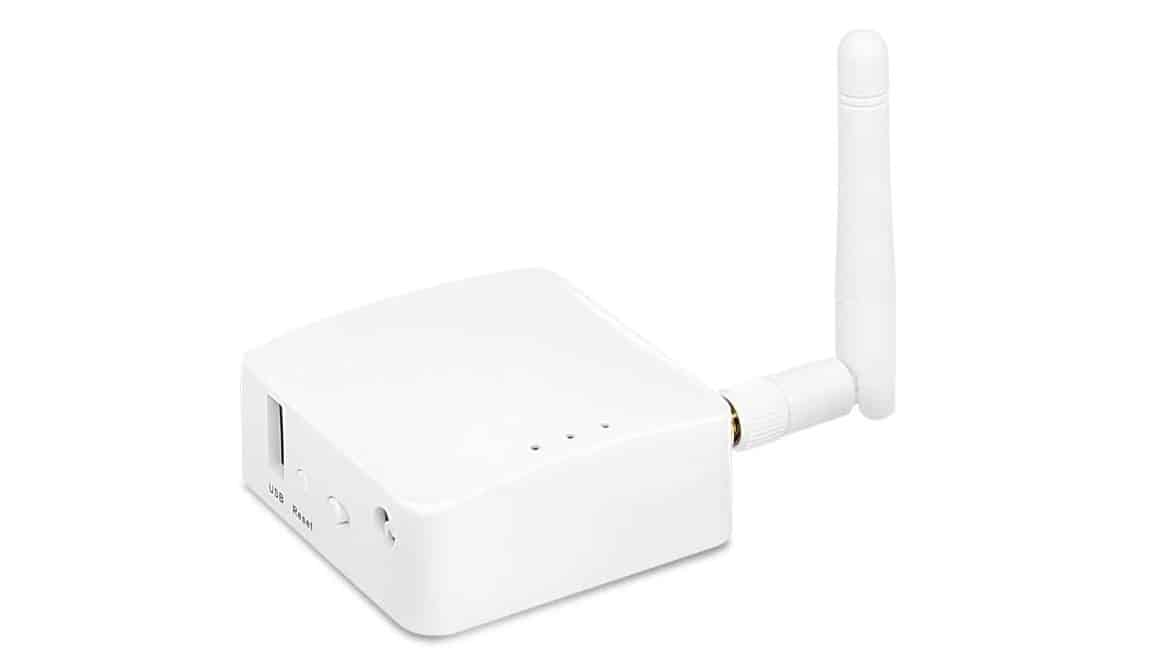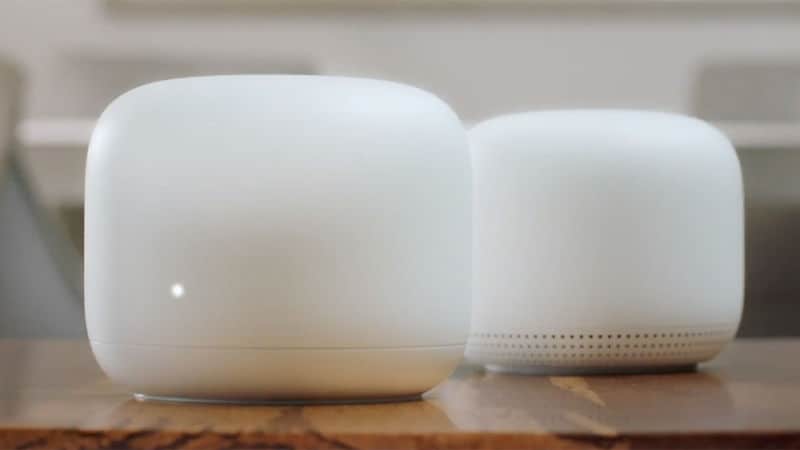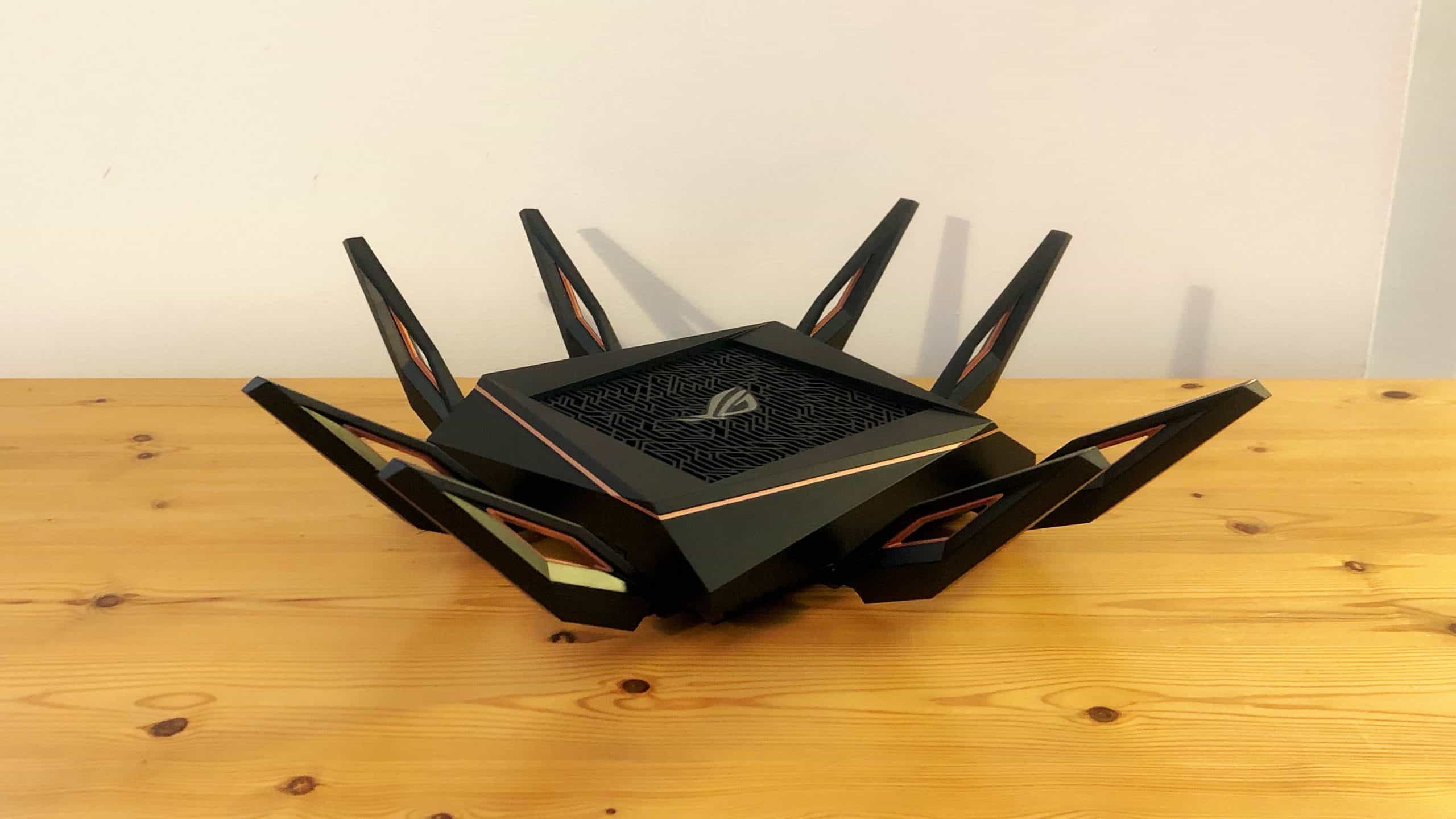If you are worried about hackers or other threats to your wireless network, you may wonder how to scan a router for malware. Even the best routers, after all, are susceptible to malware and related viruses, so it’s always a good idea to check every once in a while. Keep reading to learn all about this process.
KEY TAKEAWAYS:
- Routers can be infected with malware, which leads to all kinds of issues with your Internet connection and allowed Internet traffic.
- To check for malware on a Wi-Fi router, look for a changed DNS server address on your Wi-Fi router settings or download and install dedicated scanning software.
- If you find malware on your router, perform a full factory reset to solve the problem. Your Internet searches and Internet traffic should speed up.
How to Check a Router for Malware
Any device with an operating system (OS) can be infected with malware, and modern routers are no exception. If you are learning how to set up a router as a bridge and you get infected with malware or a virus, you’ll be out of luck. Luckily, there are plenty of ways to suss out potential infections so you can go about learning how to change a router’s security settings and implementing other protections.
Insider Tip
Some antivirus software suites, such as Symantec, boast integrated router scanning capabilities.
Method 1 – Pay Attention to Your Connection
- A great way to suss out malware is to simply pay attention to your overall Internet connection.
- Is your computer running slowly, lagging, or even crashing? Router malware could be to blame.
- Are fake antivirus messages appearing on-screen? This is another tell-tale sign,
- Unfortunately, the symptoms of router malware and a traditional computer virus are extremely similar.
Method 2 – Check the DNS Server Address
- Hackers occasionally use malware to change your DNS server address so as to direct traffic to infected services.
- Log on to your router’s control panel or settings page, looking for the DNS server address.
- Is the address unrecognizable? Malware could have changed the address to one operated by hackers.
Method 3 – Use Dedicated Scanning Software
- There are multiple software suites and web apps available that scan routers for malware infections.
- Products such as F-Secure Router Checker automatically check your DNS server address and other items of interest for potential malware attacks.
- Look for the right software for your particular setup, download it, run it, and check to see if your router is riddled with malware.
What to do if Your Router is Infected
Perform a full factory reset of the router, restoring all of its default settings. This process will differ according to the make and model of your router, but a full factory reset nearly always puts the kibosh on any malware.
F.A.Q.S
How to remove viruses and malware from an infected router?
Once you are certain via router settings that you have some malware, eliminate it by restoring your router to its factory default settings. Firmware updates also occasionally help.
How to prevent your Linksys router from getting The Moon malware?
Make sure to always update and install the newest router firmware. Check for new releases by inputting your login credentials and heading to the settings app via a web browser, a mobile device, or another connected device.
How much damage could router malware cause?
Unfortunately, routers are indeed a target for hackers and malware can cause a disruption to your entire wireless network.
STAT: Over the past few years, cybersecurity researchers have started to discover malware that can directly affect routers. One notable example is 2016’s Switcher Trojan, which hijacked victims’ Android devices to manipulate their router settings. (source)
REFERENCES:
- https://www.avg.com/en/signal/remove-router-virus
- https://nordvpn.com/blog/router-malware/
- https://us.norton.com/internetsecurity-emerging-threats-vpnfilter-malware-targets-over-500000-routers.htmlr
- https://www.f-secure.com/us-en/home/free-tools/router-checker
- https://www.linksys.com/us/support-article?articleNum=136147















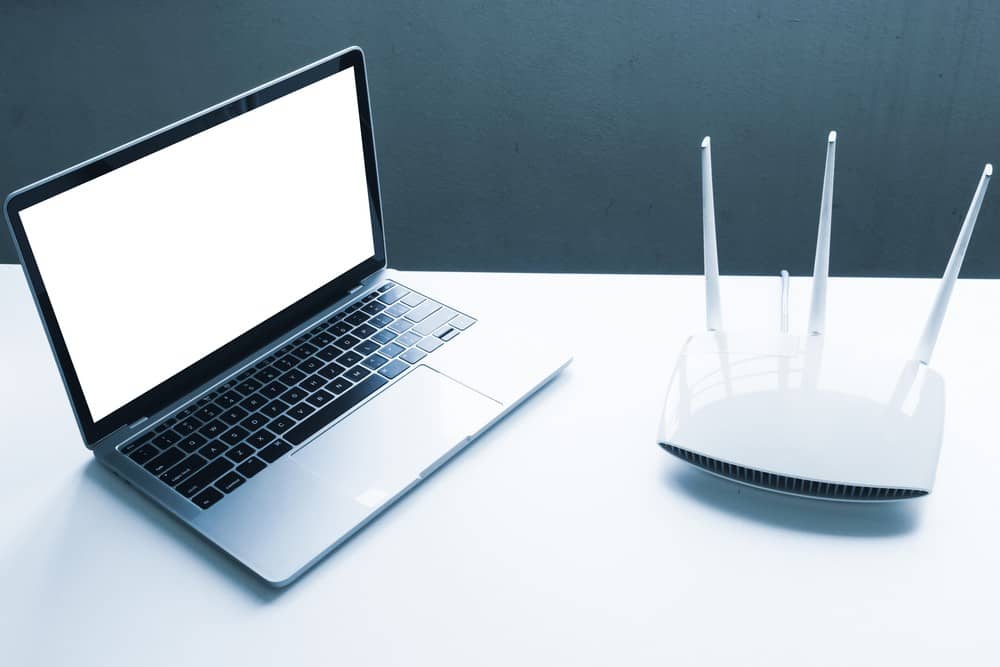
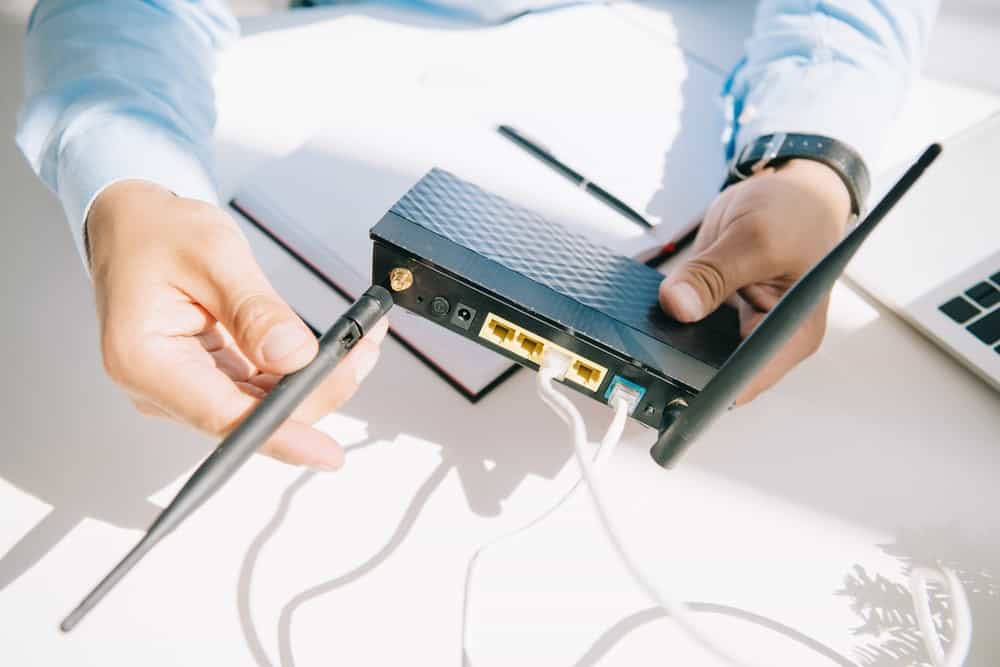

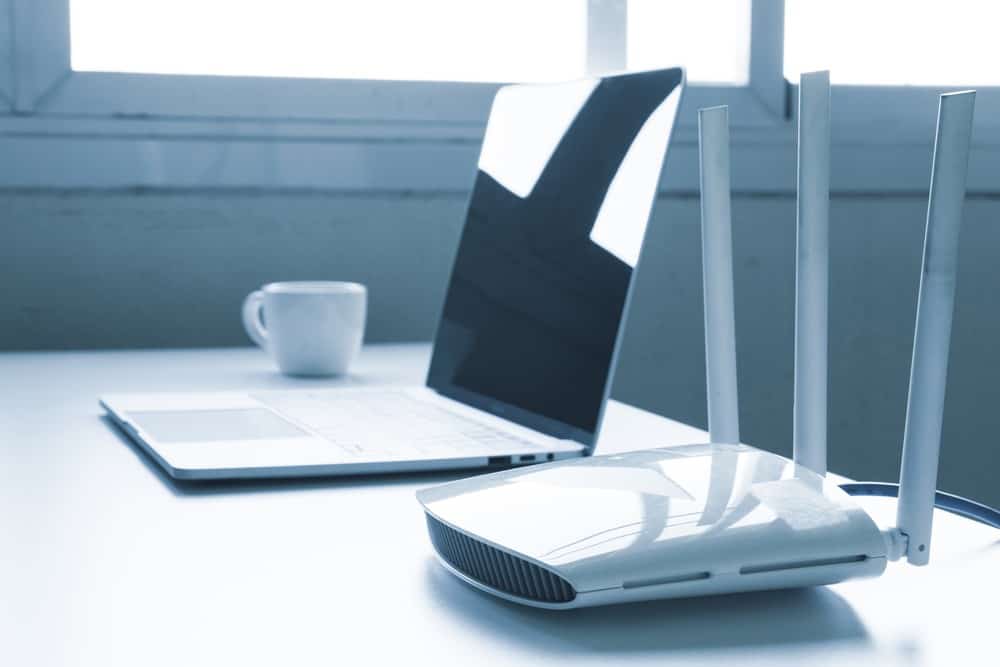

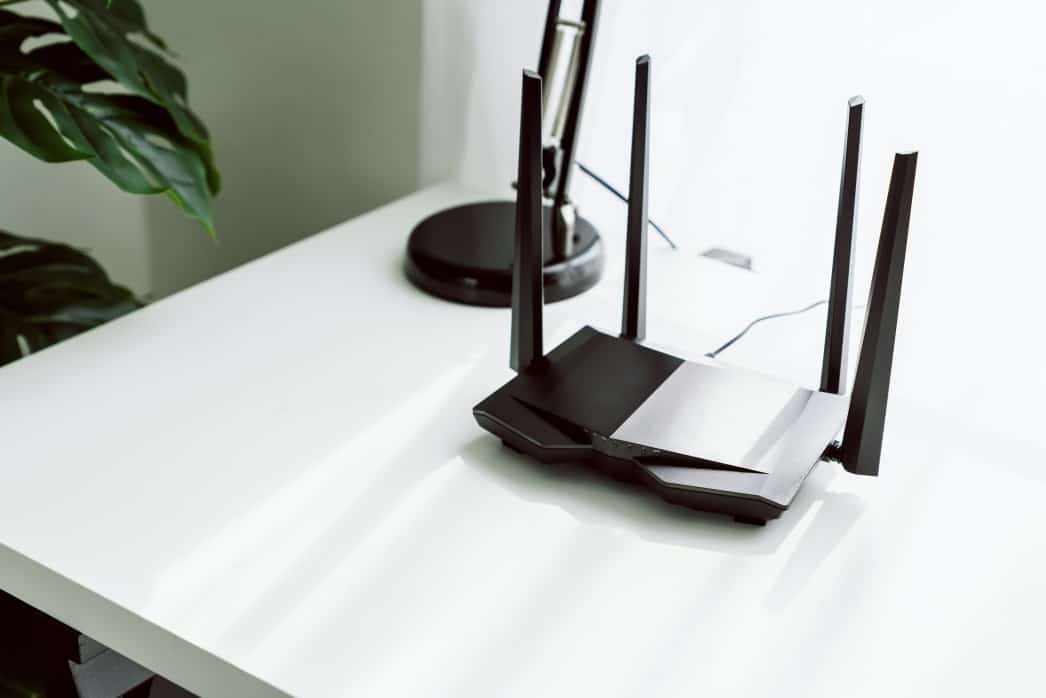
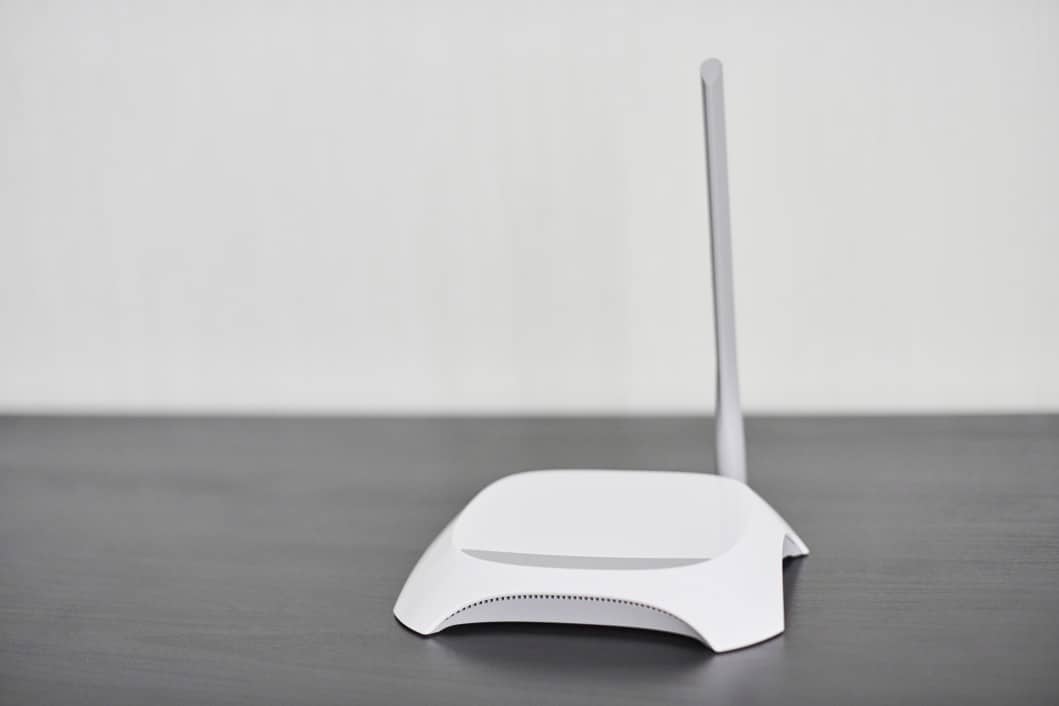
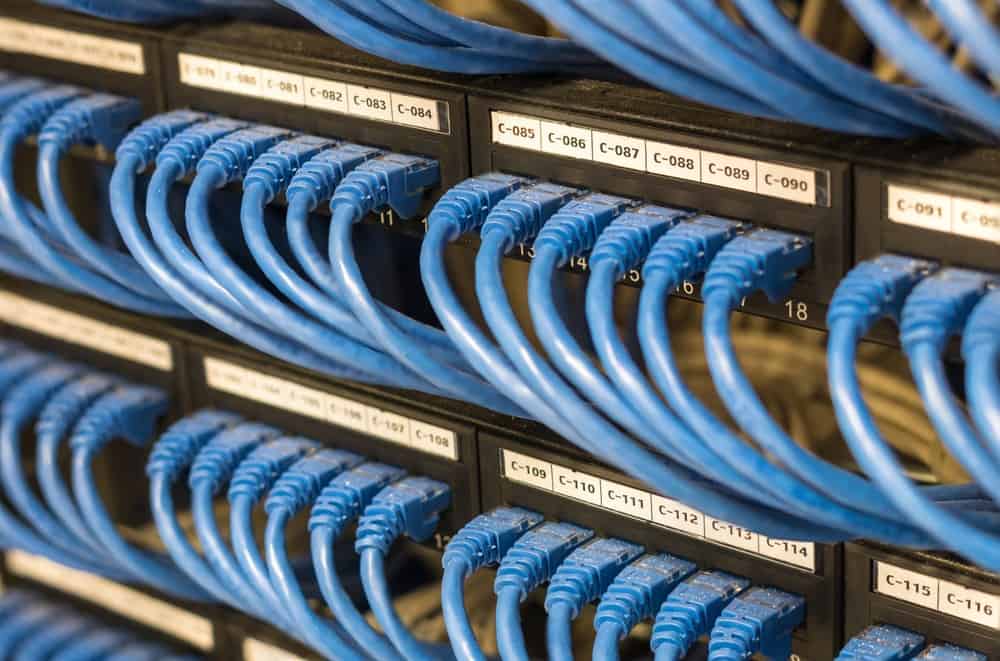
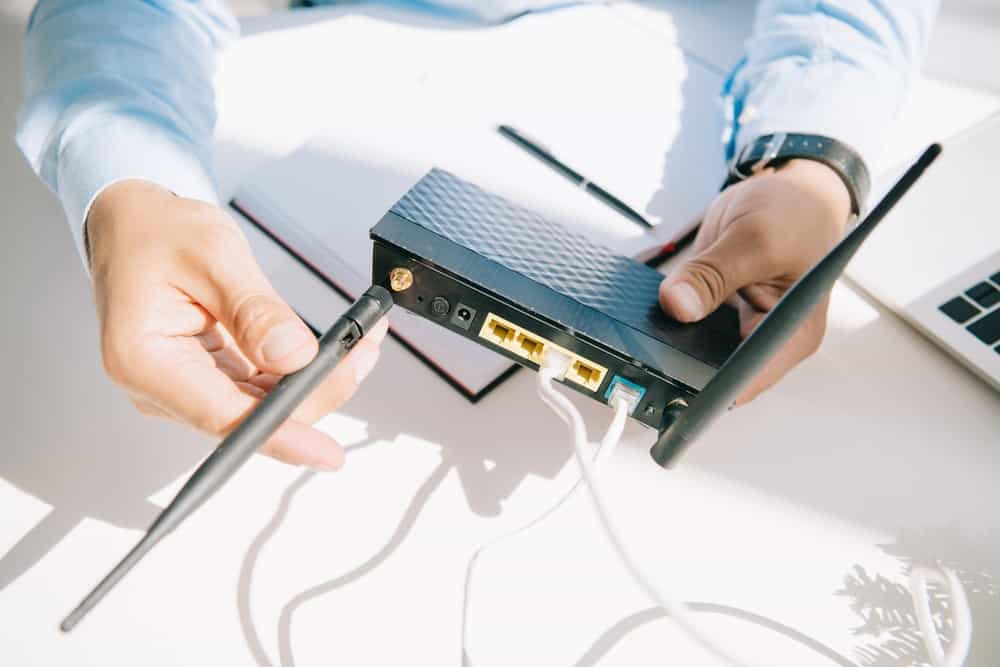
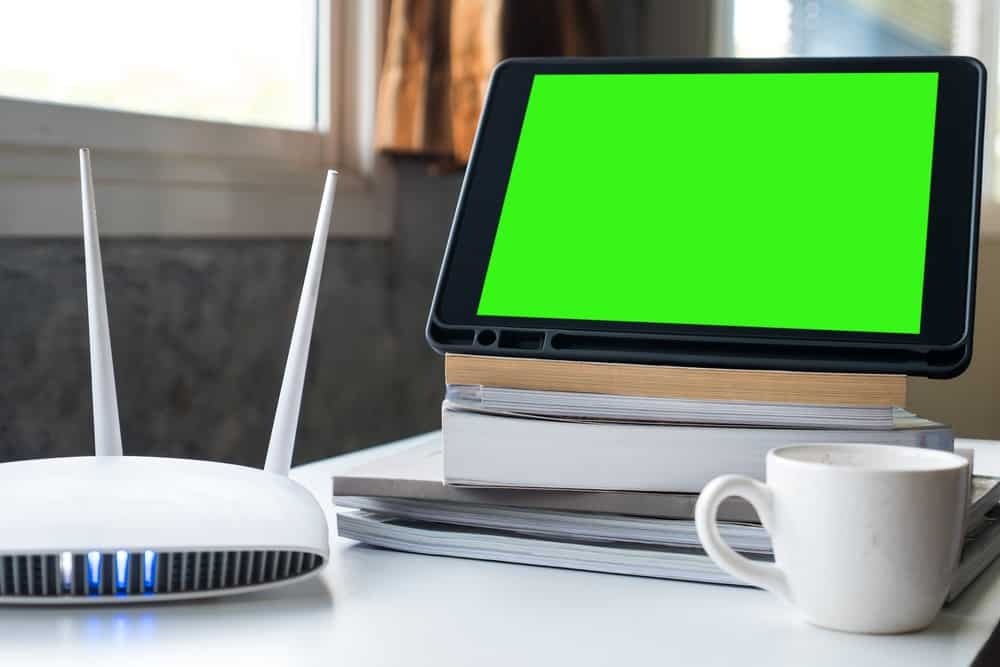
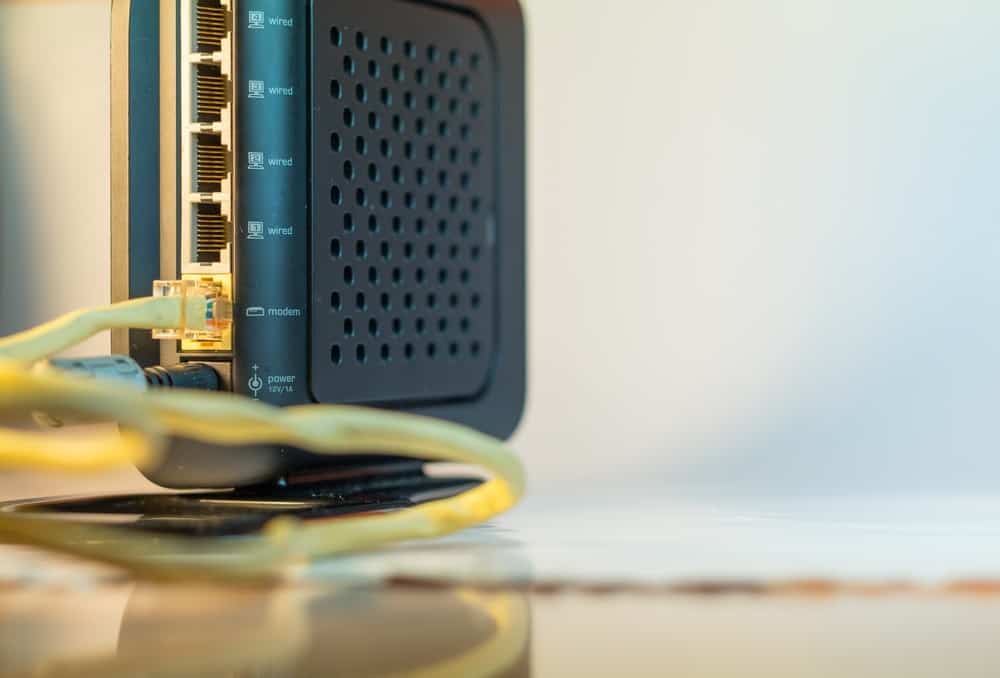
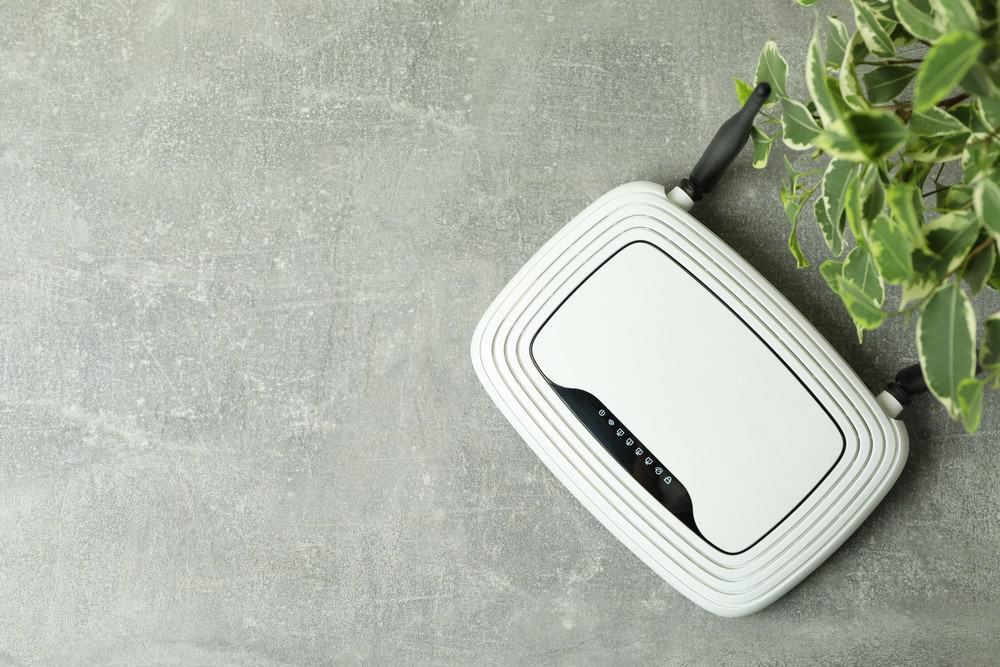
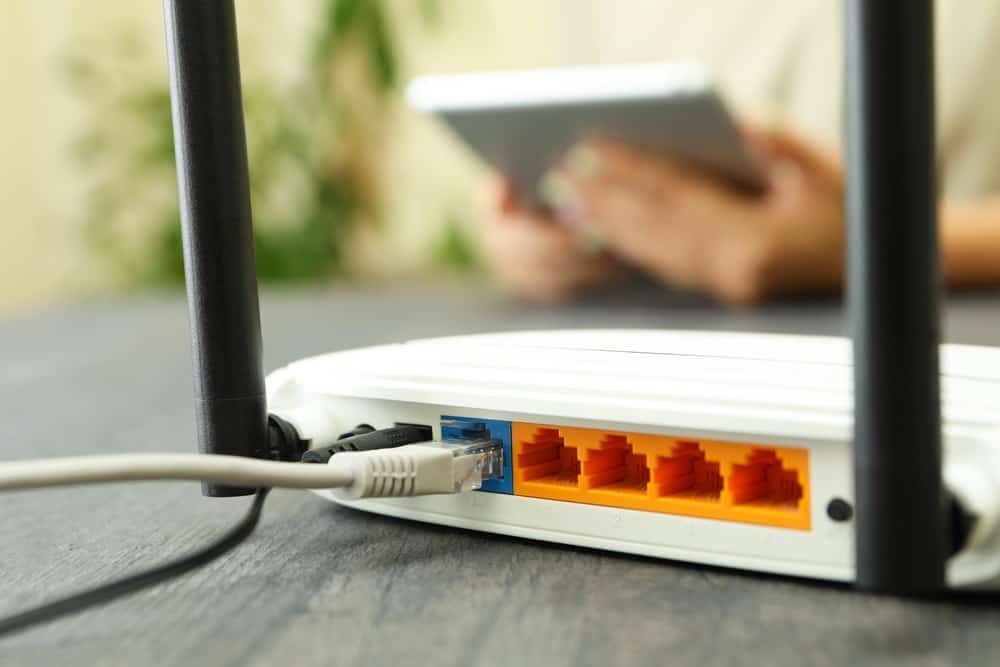
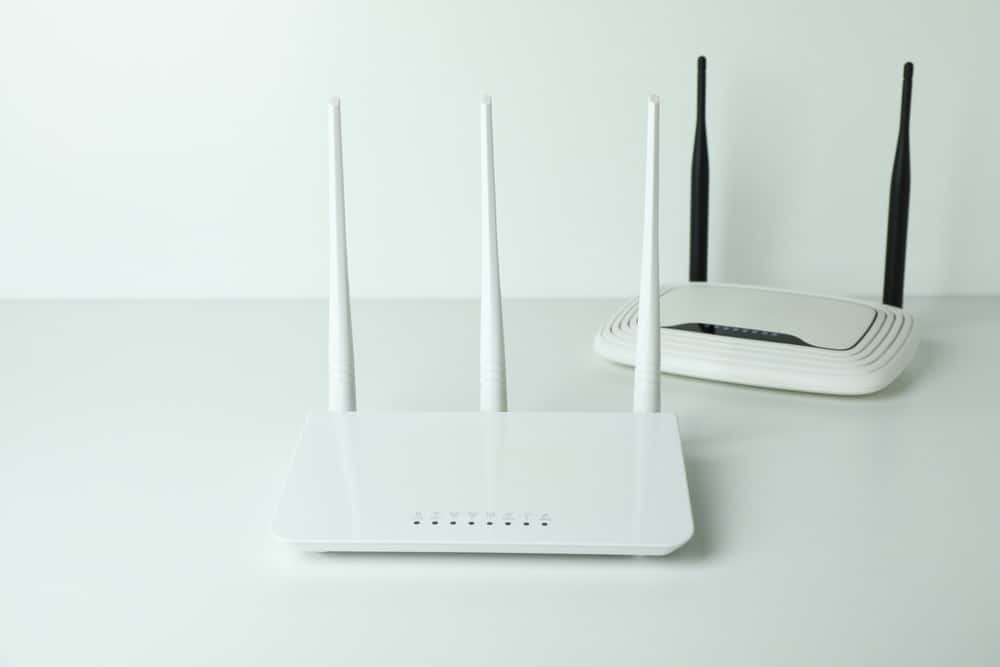
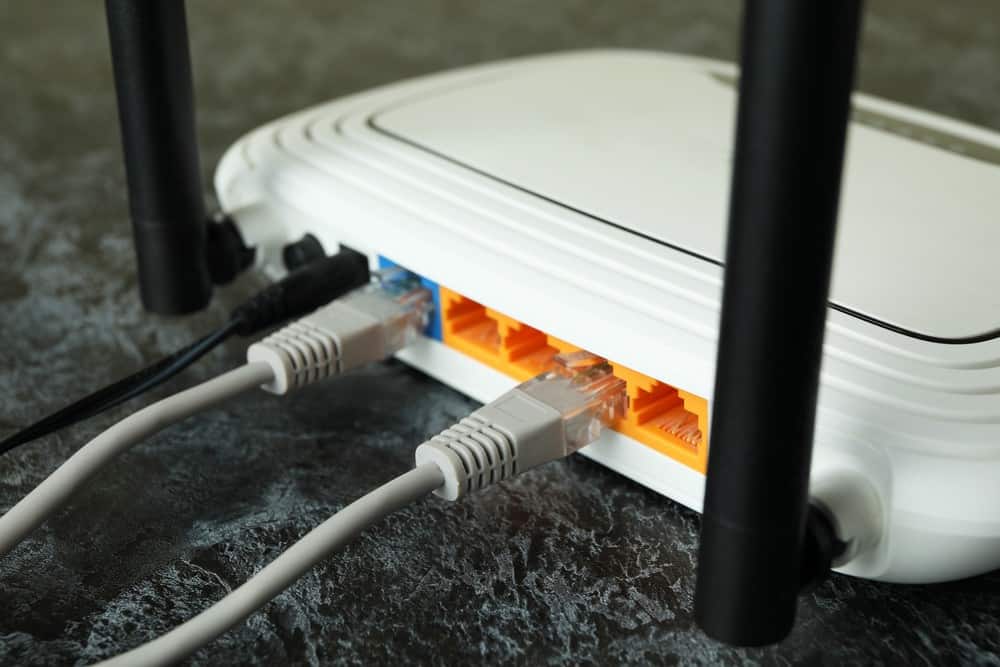
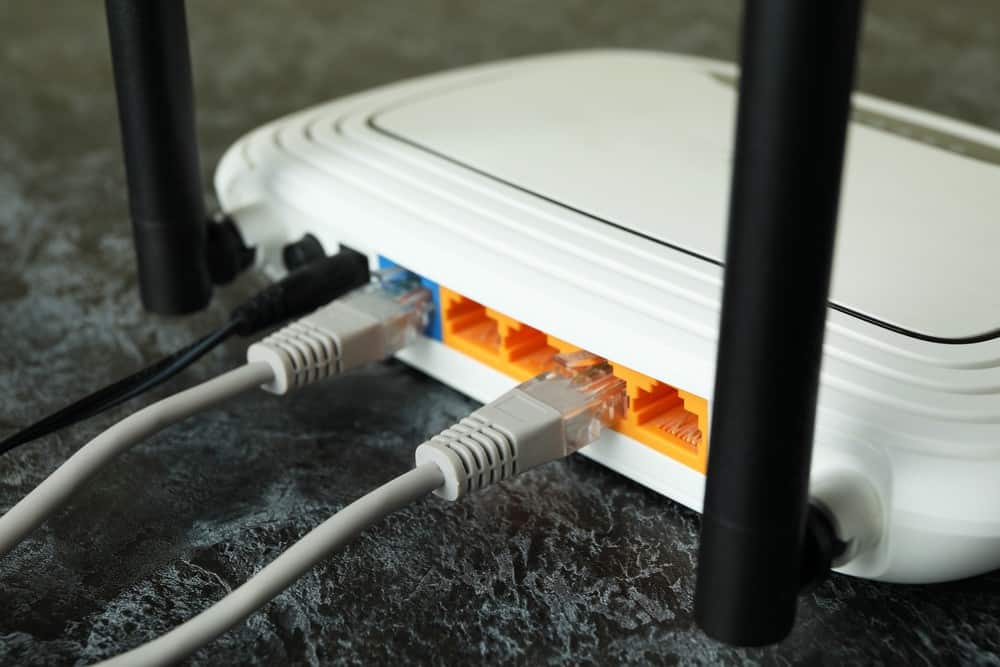
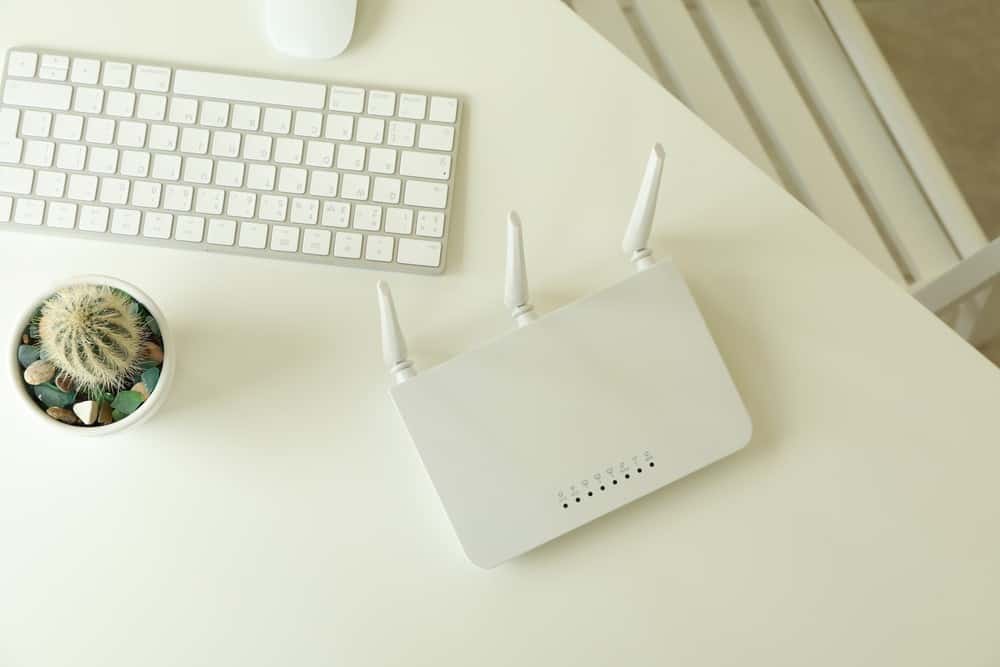
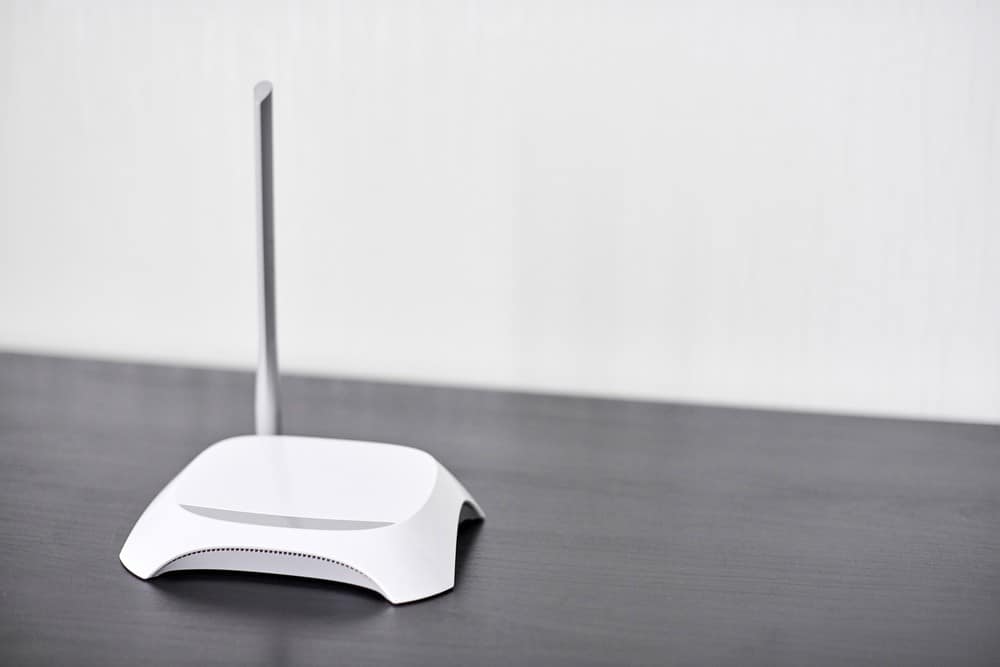
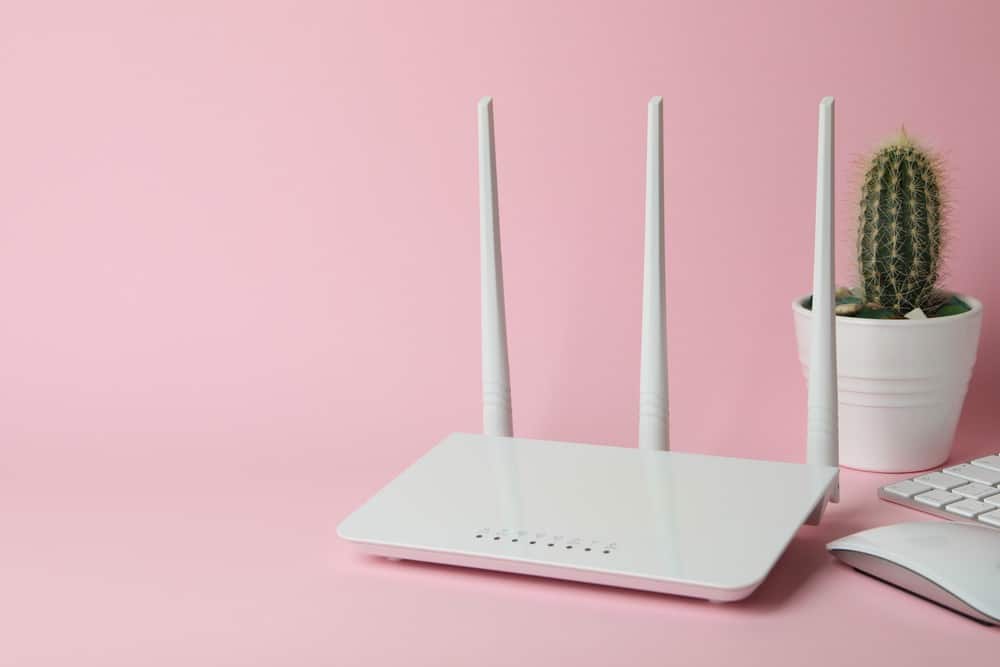
![Best BenQ Monitors in [year] 27 Best BenQ Monitors in 2026](https://www.gadgetreview.dev/wp-content/uploads/best-benq-monitor-image.jpg)
![Best Wifi Extenders For FiOS in [year] 28 Best Wifi Extenders For FiOS in 2026](https://www.gadgetreview.dev/wp-content/uploads/best-wifi-extender-for-fios-image.jpg)
![Best Fiber Optic Routers in [year] 29 Best Fiber Optic Routers in 2026](https://www.gadgetreview.dev/wp-content/uploads/best-fiber-optic-router-image.jpg)
![Best VoIP Routers in [year] 30 Best VoIP Routers in 2026](https://www.gadgetreview.dev/wp-content/uploads/best-voip-router-image.jpg)
![Best Routers for 200Mbps in [year] 31 Best Routers for 200Mbps in 2026](https://www.gadgetreview.dev/wp-content/uploads/best-router-for-200mbps-image.jpg)
![Best Routers for Optimum in [year] 32 Best Routers for Optimum in 2026](https://www.gadgetreview.dev/wp-content/uploads/best-router-for-optimum-image.jpg)
![Best Routers for Apple in [year] 33 Best Routers for Apple in 2026](https://www.gadgetreview.dev/wp-content/uploads/best-router-for-apple-image.jpg)
![Best Routers for Frontier FIOS in [year] 34 Best Routers for Frontier FIOS in 2026](https://www.gadgetreview.dev/wp-content/uploads/best-router-for-frontier-fios-image.jpg)
![Best Secure Routers in [year] 35 Best Secure Routers in 2026](https://www.gadgetreview.dev/wp-content/uploads/best-secure-router-image.jpg)
![Best Routers for Google Fiber in [year] 36 Best Routers for Google Fiber in 2026](https://www.gadgetreview.dev/wp-content/uploads/best-router-for-google-fiber-image.jpg)
![Best Routers for Cox in [year] 37 Best Routers for Cox in 2026](https://www.gadgetreview.dev/wp-content/uploads/best-router-for-cox-image.jpg)
![Best Asus Routers in [year] 38 Best Asus Routers in 2026](https://www.gadgetreview.dev/wp-content/uploads/best-asus-routers-image.jpg)
![Best Linksys Routers in [year] 39 Best Linksys Routers in 2026](https://www.gadgetreview.dev/wp-content/uploads/best-linksys-routers-image.jpg)
![Best Routers for CenturyLink in [year] 40 Best Routers for CenturyLink in 2026](https://www.gadgetreview.dev/wp-content/uploads/best-router-for-centurylink-image.jpg)
![Best WiFi Routers for Multiple Devices in [year] 41 Best WiFi Routers for Multiple Devices in 2026](https://www.gadgetreview.dev/wp-content/uploads/best-wifi-router-for-multiple-devices-image.jpg)
![Best Wired Routers in [year] 42 Best Wired Routers in 2026](https://www.gadgetreview.dev/wp-content/uploads/best-wired-router-image.jpg)
![Best Routers for 4K Streaming in [year] 43 Best Routers for 4K Streaming in 2026](https://www.gadgetreview.dev/wp-content/uploads/best-router-for-4k-streaming-image.jpg)
![Best Cisco Routers in [year] 44 Best Cisco Routers in 2026](https://www.gadgetreview.dev/wp-content/uploads/best-cisco-routers-image.jpg)
![Best eero Routers in [year] 45 Best eero Routers in 2026](https://www.gadgetreview.dev/wp-content/uploads/best-eero-routers-image.jpg)






